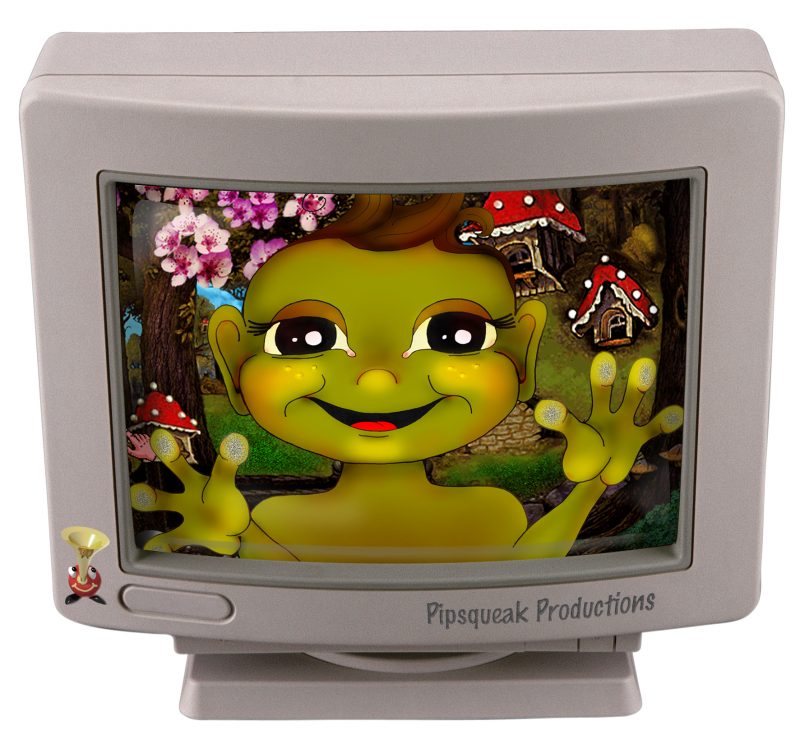From Russia With Love
This month, I’ve teamed up with a few other indie writers who wrote stories set in Russia. There are just the seven of us, and I hope you check out our stories. I, of course, have a novel Twin Time that is set in Old Pre-Revolutionary Russia. If you click the link here, you will get to my blog that has the first few chapters free. Or you can see the whole Russian collection here:
October seems like a good month to spend between the pages of stories that drop you in the middle of the cold, exotic, and thrilling faraway places. I hope you will find something good to pick up in this collection.
Here’s a link to a little book trailer I’ve created for my book:
The Dance
I’ve published over a million words in the 14 years I’ve been writing novels. For each word I’ve written, I’ve consumed thousands. And the more I write, the more treasures I find in other people’s writing. It’s like being a botanist and visiting a forest. Everyone enjoys the beauty of walking nature trails, but a botanist spots things that remain hidden from most eyes. I am no longer a newbie writer, but, in many ways, I’m an inexperienced author. Writing is, more than anything, about perseverance; I’ve got that in spades. I no longer worry about finishing a novel. But the dance is something else entirely. I am still a novice at the dance between the reader and the author, the dance that leads to sales and best sellers and movie deals and the rest. And it’s a separate skill—dancing is not writing.
Some are born to dance. And each generation has its preferred form — library lecture circuits, book clubs, talk shows, high school lectures, coffee house talks, online book tours, radio interviews, author podcasts, book influencers’ blog posts, county fairs, book trailers, etc. An author now can submit stories to magazines or for awards (who pays whom?). They can talk about their stories on Facebook or Twitter, or pose with covers on Instagram, or do something catchy on TikTok. If they’re lucky, they can get on TV — it’s an ecosystem of late-night TV hosts and authors pushing their newly-published books. Some authors are very good at this dance.
Writing is Easy, Selling is Hard
Some 30 years ago, my husband and I created a character, Shroom, and a world full of other characters that populated it. We had an idea for an immersive computer game experience for kids — a friend on the inside, we called it. Kids could talk to Shroom and play with him, and he would teach kids numbers and letters, science facts and the wonder of the natural world, life lessons, and lessons in empathy. This was back in the early 1990s, as is obvious by the graphics, and internet download speeds were practically zero. I remember clicking on the local news site and then going to make coffee while the site loaded. Online sites with rich graphics, animations, and music were just were not possible. Online entertainment back then was mostly text-based. But our audience didn’t read yet. Our idea was to create a connected CD experience where all of the graphics and music and other “heavy” files would sit locally on the kid’s computer, and only the interactivity would be downloaded — simple commands for the program like “execute walkcycle #37” and “play sequence #48”. Light to download and doable for the times. It was a good idea. We spent about a year on this, drawing characters and scenery, writing scripts, recording dialogue, animating. And then we pitched it to the software company that, coincidentally, subsequently came out with The Sims.

We got a meeting with their VP of Marketing, a very nice guy in a very nice suit. We showed him our Kids Online Network Demo.
He proceeded to inform us that creating and designing was the easy part of the project’s lifetime. It was all about sales — no sales, no project. He had dozens of designers and programmers and they were coming out with an idea a minute. But it was his job to get those ideas to the market and to sell them. That was absurdly hard. For the next hour, he went on to give us a master’s course on software sales. Creation is easy; sales is hard.
We knew many other software designers at the time and we asked around: How are you guys doing this? And the answer was “badly.” Even larger companies were not good at sales of their products and were barely keeping afloat. Creatives simply lacked the sales skills necessary to sell their work. We heard of paying retail stores to flip the software box parallel to the shelf — the more shelf space, the easier it was for customers to catch the visually exciting graphics on the cover box. We heard how most stores didn’t care and would take the money but not flip the box. Relatives of employees were literally asked to go from store to store in the area where they lived to check on the software box placement on the shelf. There were strategy meetings about who might know someone who can be asked in Boston or New Orleans to make sure the software was on the shelf.
It was a different world back then, sure, but selling is still insanely difficult. And it’s a completely different skill than creating. In our world, we expect creators to do both well.

